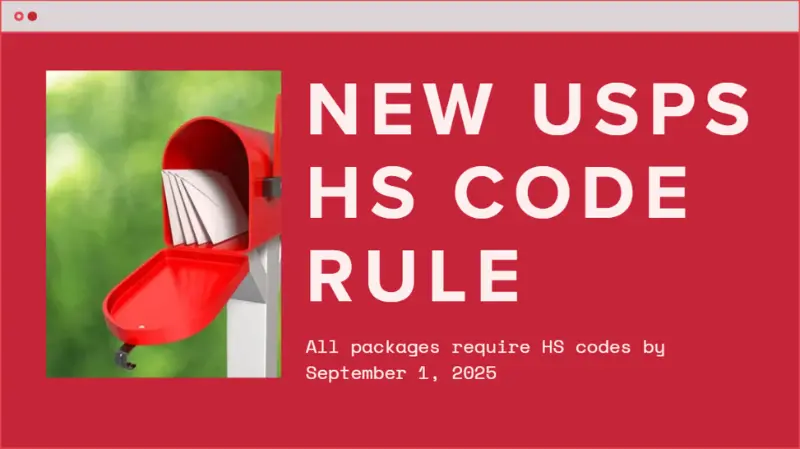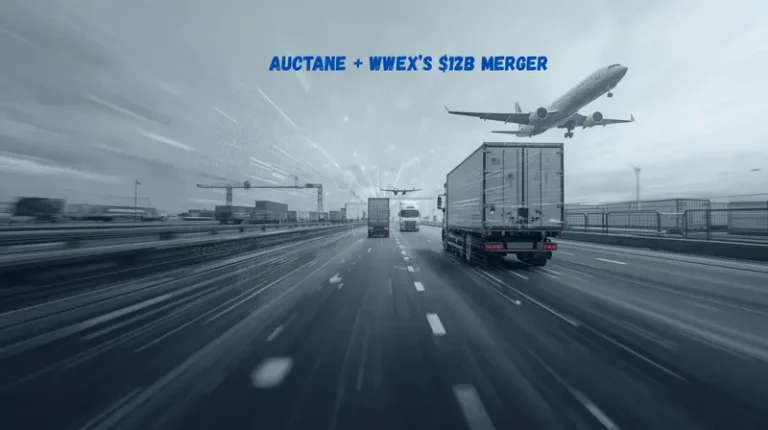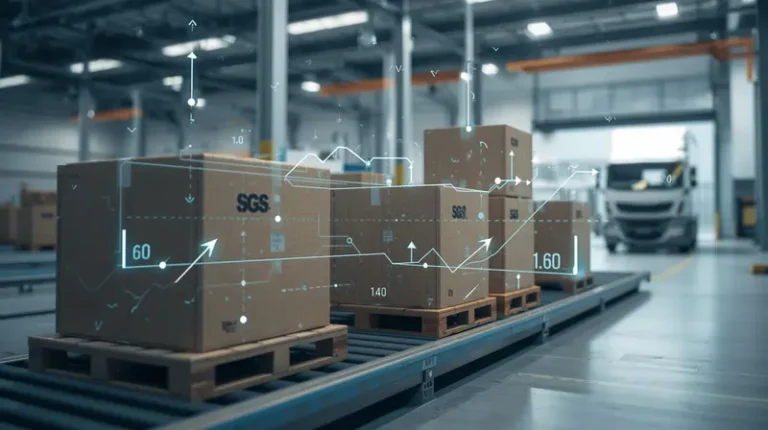USPS Harmonized Tariff Code Requirement Starts September 2025

Last updated on August 21, 2025

Starting September 1, 2025, every U.S. exporter must include a harmonized tariff code (HTS code) or Schedule B number on USPS international shipments. For years, merchants could get away with vague product descriptions, but now the Harmonized System (HS) is the law of the land. This isn’t just bureaucratic red tape, it’s a restructuring of how international trade data flows through customs, taxes, and shipping.
The System Behind the Codes
At its core, the HS code system is a global classification system governed by the World Customs Organization (WCO). The first six digits are universal across all countries. Beyond that, nations tack on their own rules:
- The U.S. uses the Harmonized Tariff Schedule (HTS) for imports.
- The Census Bureau oversees Schedule B codes for U.S. exports.
The result? Your ten-digit codes must match precisely, or your traded products get flagged. Misclassification leads to delays, penalties, or worse, lost shipments.
Let AI Optimize Your Shipping and Boost Profits
Cahoot.ai software selects the best shipping option for every order—saving you time and money automatically. No Human Required.
See AI in ActionWhy USPS Is Forcing the Issue
Other carriers (FedEx, UPS, DHL) have long required these codes, but USPS gave merchants a free pass. That ends in 2025. Why? Two reasons:
- Data accuracy: Governments want to tighten control over tariff rates, duties, and economic statistics.
- Trade enforcement: From precious metals to musical instruments, if the right code isn’t on the box, customs will block it.
This shift means even small businesses and Etsy sellers must learn the difference between a “scarf” and “silk scarf” in the eyes of the harmonized system.
How to Classify Products Without Losing Your Mind
Here’s the brutal truth: figuring out the particular product classification isn’t straightforward. For example:
- A wooden chair: one code.
- A plastic chair: a totally different code.
- A musical instrument case: not the same as the instrument itself.
The general rules of interpretation guide classification, but they’re dense. Many merchants rely on customs brokers or US International Trade Commission lookup tools. The Census Bureau’s Schedule B search is another option, but it requires patience.
What Happens if You Get It Wrong
Misclassifying products is expensive. You risk:
- Delayed shipments stuck in customs limbo.
- Fines and back duties when audits uncover mistakes.
- Angry customers when orders don’t arrive.
In a world of instant shipping, one wrong tariff code can tank a brand’s reputation overnight.
The Big Picture: Tariffs as Trade Weapons
This isn’t just about compliance. It’s about global trade politics. Tariffs have become the new sanctions, and the U.S. government wants airtight data to enforce them. When the next round of temporary legislation or retaliatory duties hits, officials will lean on the harmonized tariff schedule to target industries. That means your shipment classification isn’t just paperwork, it’s part of trade policy itself.
ShipStation vs. Cahoot: 21x Faster, Real Results
Get the inside scoop on how a leading merchant switched from ShipStation to Cahoot—and what happened next. See it to believe it!
See the 21x DifferencePreparing Now: Practical Steps for Businesses
If you export anything, start now:
- Identify codes: Use the Census Bureau or a customs broker to nail down the correct HS code.
- Update systems: Make sure your ecommerce platform or shipping software captures the digits long field USPS will require.
- Train your team: Teach staff how to spot when a new product needs a new code.
- Audit your catalog: Don’t wait until September 2025, clean up your classifications today.
Businesses that get ahead will breeze through customs. Those that don’t will face a pile of returned shipments, taxes, and unhappy buyers.
Frequently Asked Questions
What is the harmonized tariff code?
It’s a global classification system run by the World Customs Organization that standardizes product categories for international trade. The first six digits are universal, but each country adds its own rules.
What’s the difference between HTS codes and Schedule B numbers?
Both come from the same HS system. HTS codes apply to imports, while Schedule B codes apply to U.S. exports and are overseen by the Census Bureau.
How long are HTS codes and Schedule B numbers?
Typically ten digits long in the U.S. The first two digits identify the broad product group, with more digits narrowing down to the particular product.
Do I need a tariff code for every product I export?
Yes. Every traded product must be linked to the right code. Even small differences in material or design may change classification.
What happens if I ship without the correct HTS code?
Your shipment can be delayed, rejected, or fined. Customs agencies use these codes to determine tariff rates, duties, and taxes. USPS will no longer accept vague descriptions without a tariff code starting September 2025.

Turn Returns Into New Revenue


 4 minutes
4 minutes


